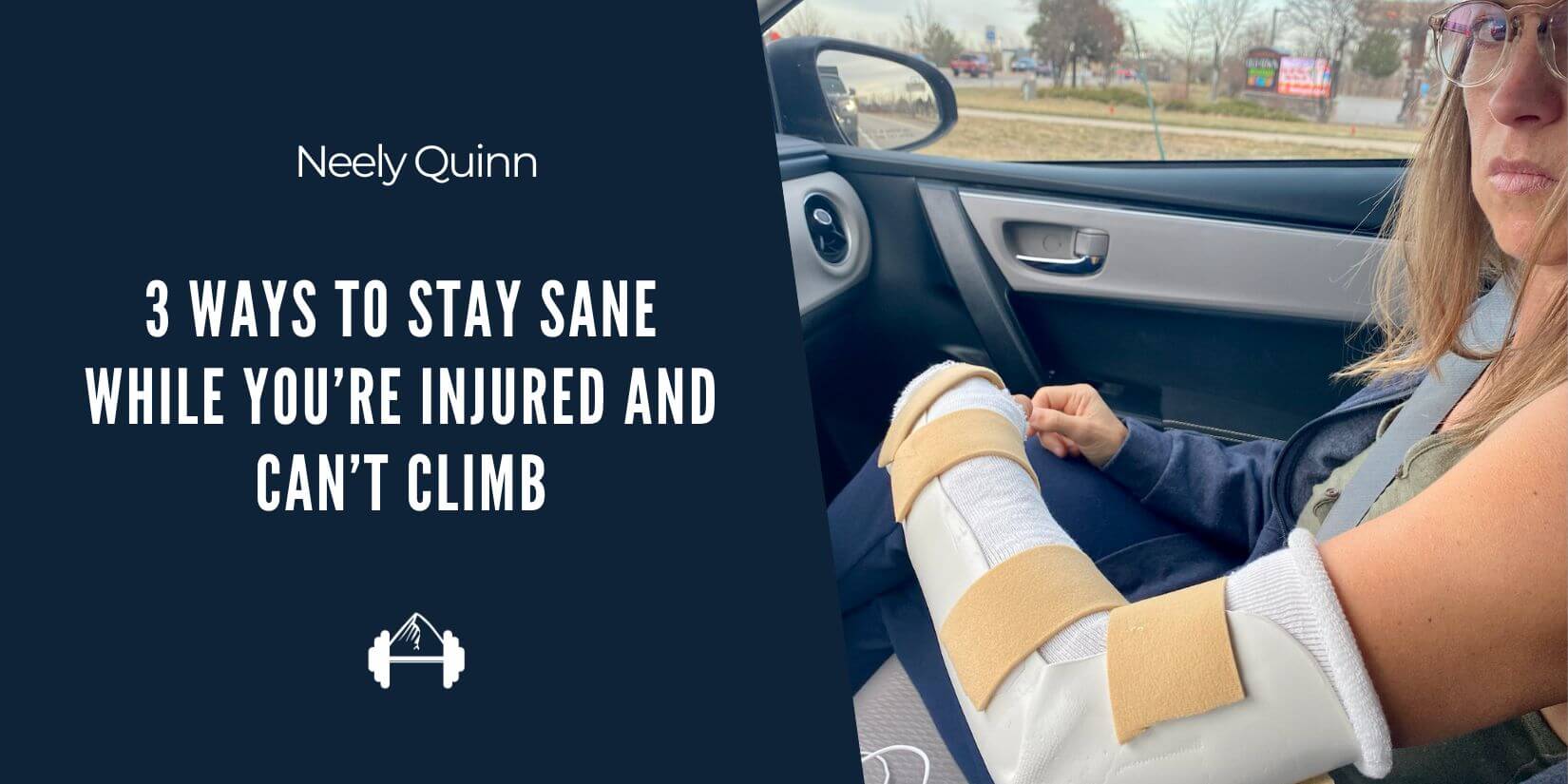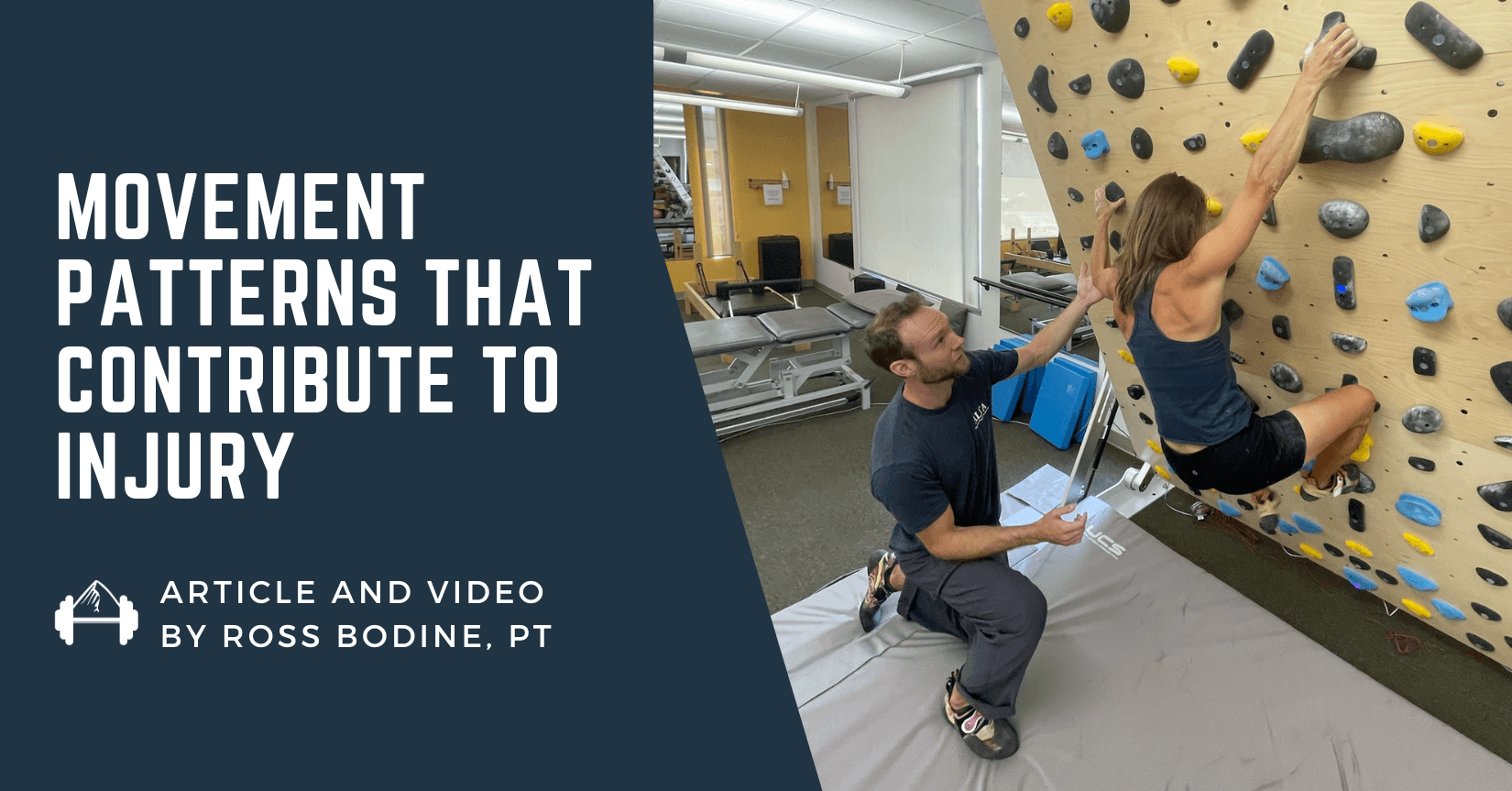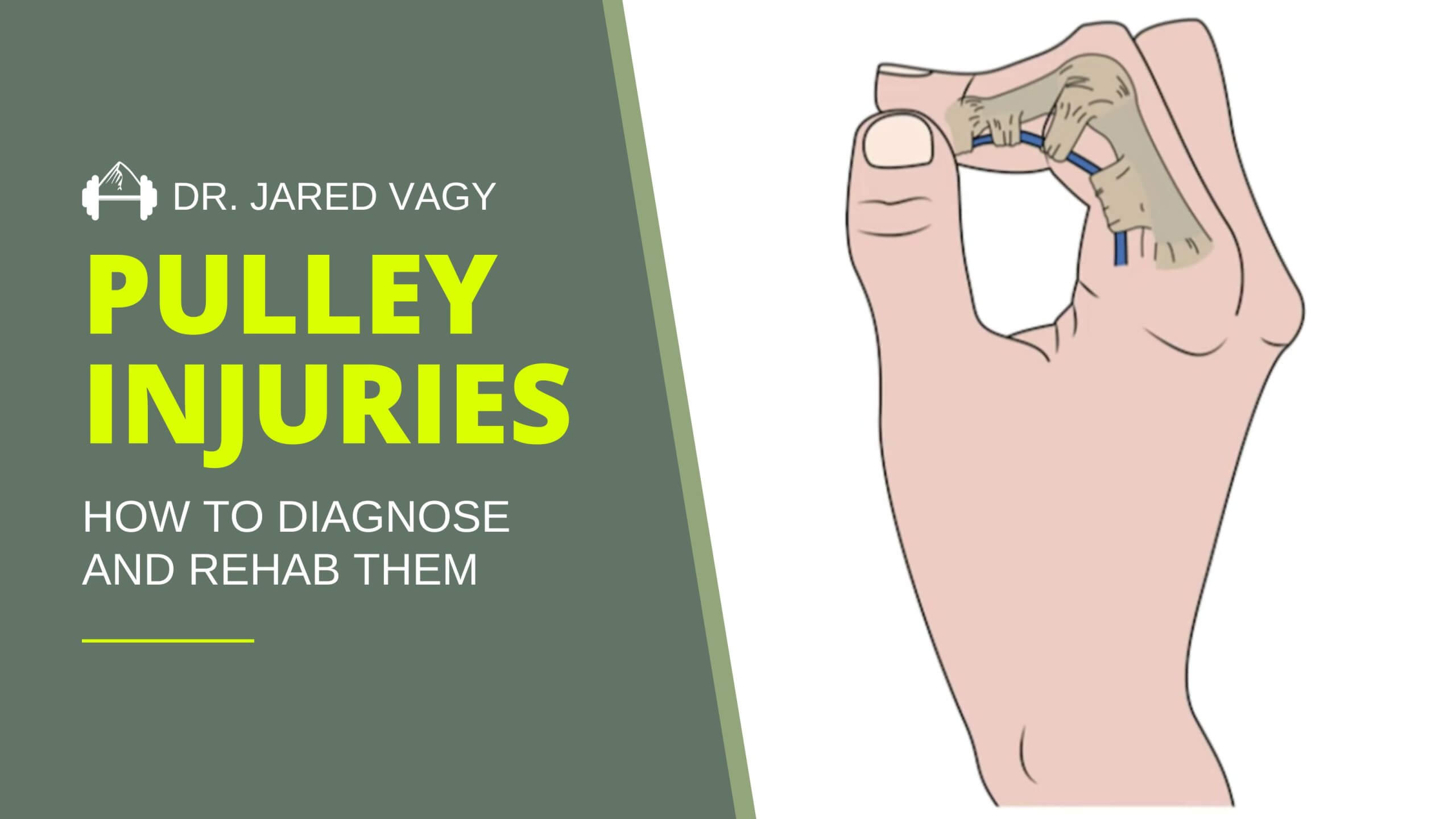Tendinitis is a term that gets throw around a lot when talking about climbing injuries. However, while tendinitis is definitely a real condition that can affect climbers, most of the time people are actually suffering from tendinosis not tendinitis.
To help explain the difference, here’s an article by professional climber and chiropractor Natasha Barnes in which she outlines the differences between these two conditions and describes how these differences effect treatment protocols.
“It’s a common occurrence for climbers to come into my office and complain about “tendinitis” issues. What many of these athletes don’t realize though is that they don’t have tendinitis, they have tendinosis.” – Natasha Barnes
The Difference Between Tendinitis and Tendinosis:
As Natasha outlines, tendinitis is an inflammatory condition that occurs when the musculotendinous junction is acutely overloaded. Tendinosis, on the other hand, “is a degenerative condition of the tendon’s collagen in response to chronic overuse.” The key difference here is that tendinitis involves inflammation while tendinosis is actually the break down of the tendons collagen.
Treatment Protocols:
These differences may seem mostly like technicalities, but when it comes to treatment protocols they are extremely important. The key reason is that the treatment approaches for each of these conditions are drastically different.
When treating tendinitis, the primary goal is to reduce the inflammation. This is often done through the use of icing, NSAIDS, and even cortisone injections. However, these methods are ineffective for treating tendinosis for which stimulating fibroblas activity and collegen production are key. Additionally using NSAIDS and cortisone can actually inhibit collagen repair and as result prolong recovery times.
Therefore, as Natasha asserts, it is really important to get a correct diagnosis when dealing with either of these conditions. If you proceed with the wrong treatment strategies, not only will you not be addressing the true cause of your pain and discomfort, but you could also be prolonging your recovery time.
More From Natasha Barnes:
Click through below to read about this topic in greater depth and check out the rest of Natasha website natashabarnesclimbing.com. It is full of great articles in which Natasha shares her knowledge as a chiropractor and body worker to help climbers specifically.
Then, if you are interested in working with Natasha in person she practices at the Motus Rehab Clinic in San Francisco, CA.
Full Article: Tendinitis or Tendinosis?
(photo courtesy of natashabarnesclimbing.com | @natashabarnes |@climbingperformancetherapy)
Other Articles You Might Like:
- Self Myofascial Release with Natasha Barnes
- Treating Tendonitis/Tendinosis for Climbers
- The Climbing Doctor Shoulder Exercises
- How to Avoid Tendonitis from Climbing- Targeted Opposition






Leave A Comment